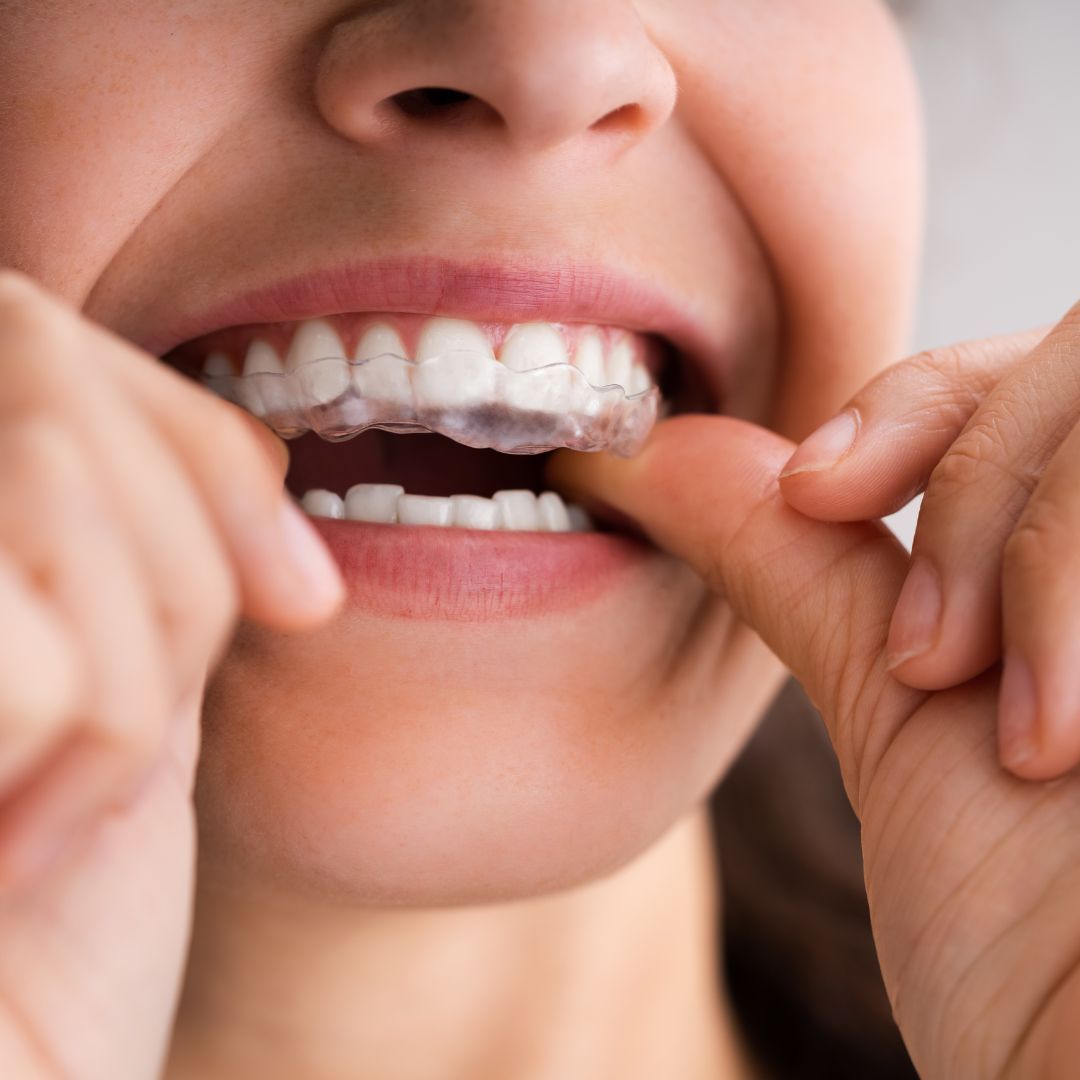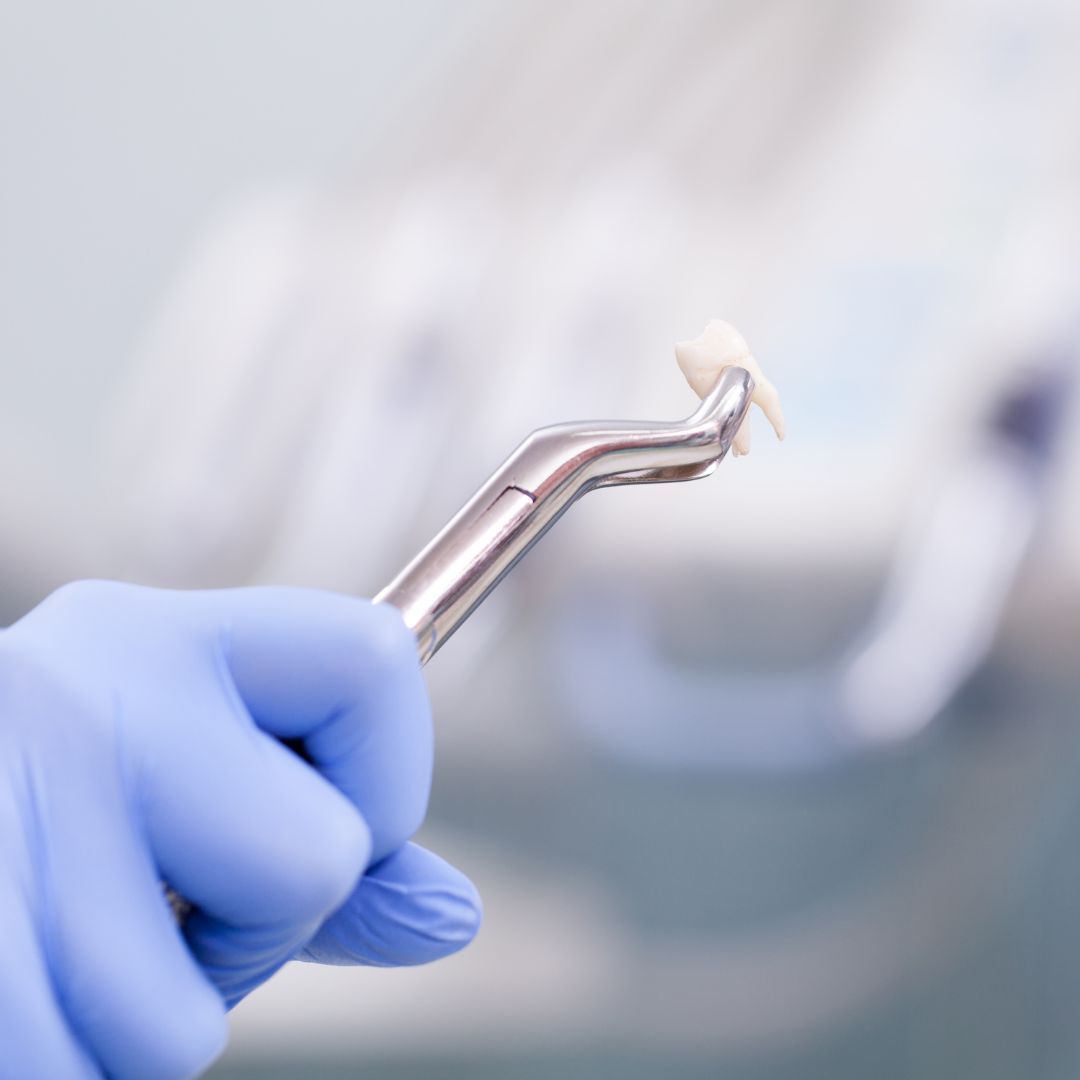What is a Gingivectomy and How Can You Benefit From the Procedure?
A gingivectomy, sometimes referred to as a gum lift or gingival reshaping, is a surgical procedure used to remove excess gum tissue and improve the appearance of your smile. It involves the removal of excess gum tissue from around your teeth and can be performed either on one tooth or several teeth at once. The goal of a gingivectomy is to create an even, aesthetically pleasing frame for your smile while also protecting your teeth from decay and other dental problems.
Why Have a Gingivectomy?
There are several reasons why someone might choose to undertake a gingivectomy surgery. One common motivation is cosmetic; in many cases, the shape, size and colour of existing gum tissue can be uneven or unattractive due to various factors such as genetics or health conditions. By removing excess tissue and smoothing out irregularities, patients can enjoy a more attractive smile. Other benefits include improved oral hygiene by reducing areas where plaque and bacteria hide and protecting teeth from decay. Additionally, some people opt for the procedure in order to reduce pain associated with swollen gums or periodontal disease.
What Should I Expect During Treatment?
Prior to the surgery, your dentist will likely take X-rays in order to gain insight into exactly how much gum tissue needs to be removed in order for you to achieve optimal results. Depending on the extent of treatment needed, local anesthesia may also be administered to ensure patient comfort during the procedure. Once your dentist begins operating on you, they will carefully identify areas that need correcting before trimming away excess tissue with precise tools such as lasers or scalpels. Finally, they will close any incisions made during surgery with sutures that dissolve over time; stitches should not require any additional measures on behalf of the patient following treatment in most cases.
Aftercare Tips for Successful Gingivectomies
It’s important that you follow all instructions provided by your dentist after undergoing a gingivectomy – these are usually tailored specifically based on individual needs but often entail steps such as eating softer foods for several days immediately after surgery, avoiding strenuous activity so that healing isn’t disrupted and brushing gently around treated sites but avoiding them altogether until all signs of healing are visible (usually within two weeks). In addition, dentists may prescribe antibiotics if there is concern about infection developing post-surgery and suggest rinsing with warm salt water to keep affected areas clean during recovery as well as keeping an eye out for signs of complications such as fever or severe pain which could indicate infection has set it – if this happens it’s important seek help from medical professionals ASAP!
Overall, having a gingivectomy can provide significant improvements not only aesthetically but also allow patients who suffer from certain dental diseases better access required care to improve their oral health overall – when undergoing any kind of dental procedure like this however it’s important always check with qualified professionals beforehand! Are you considering getting a gingivectomy? Contact Dentistry Consilium today for more information!




Leave a Reply
Want to join the discussion?Feel free to contribute!